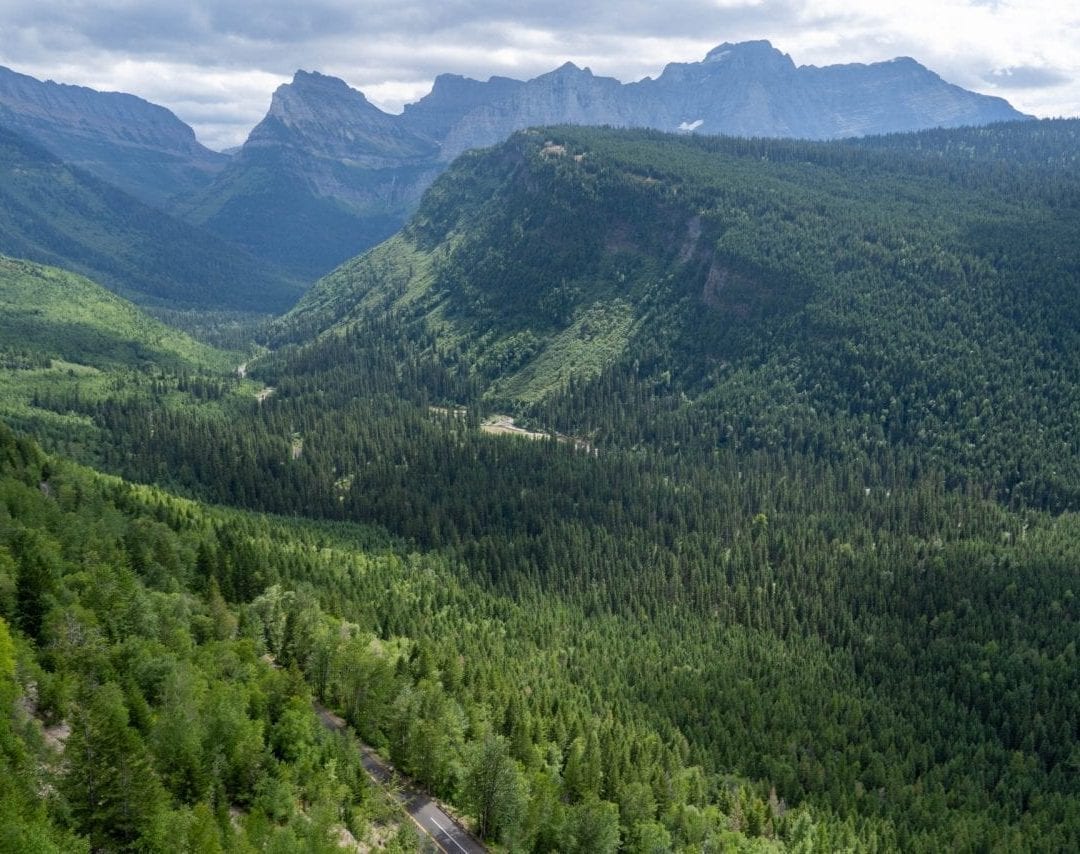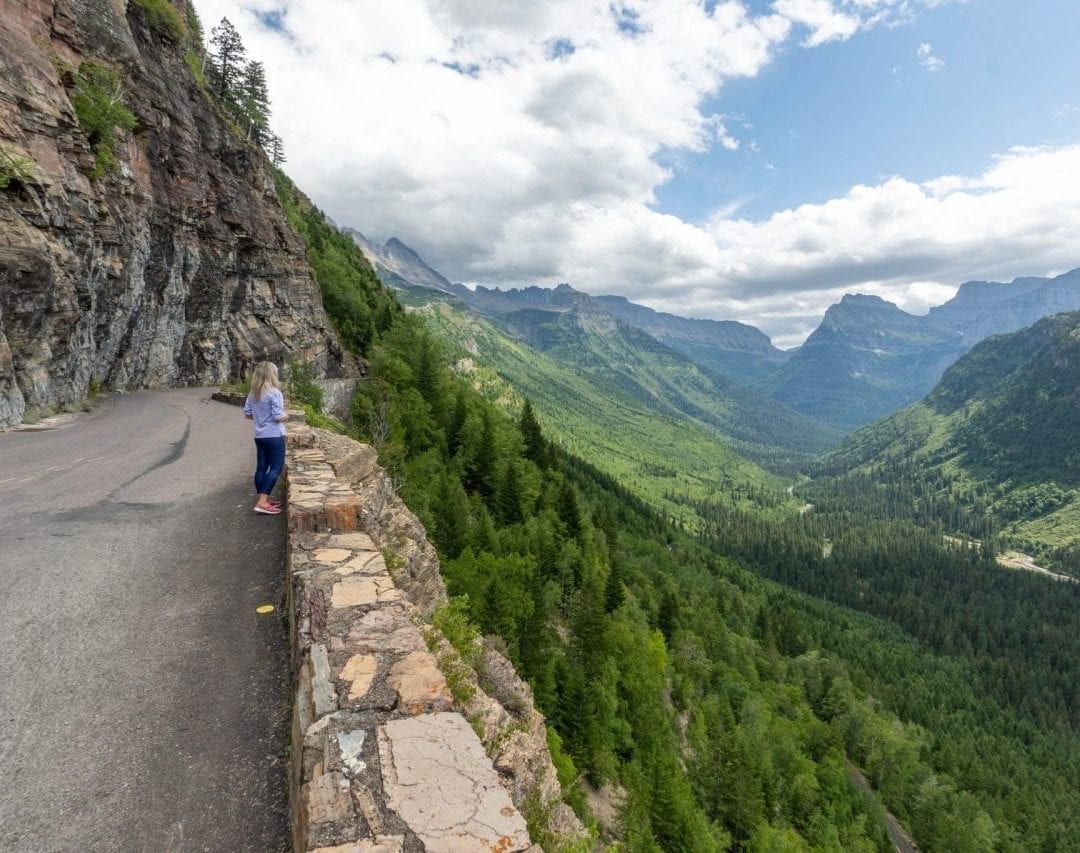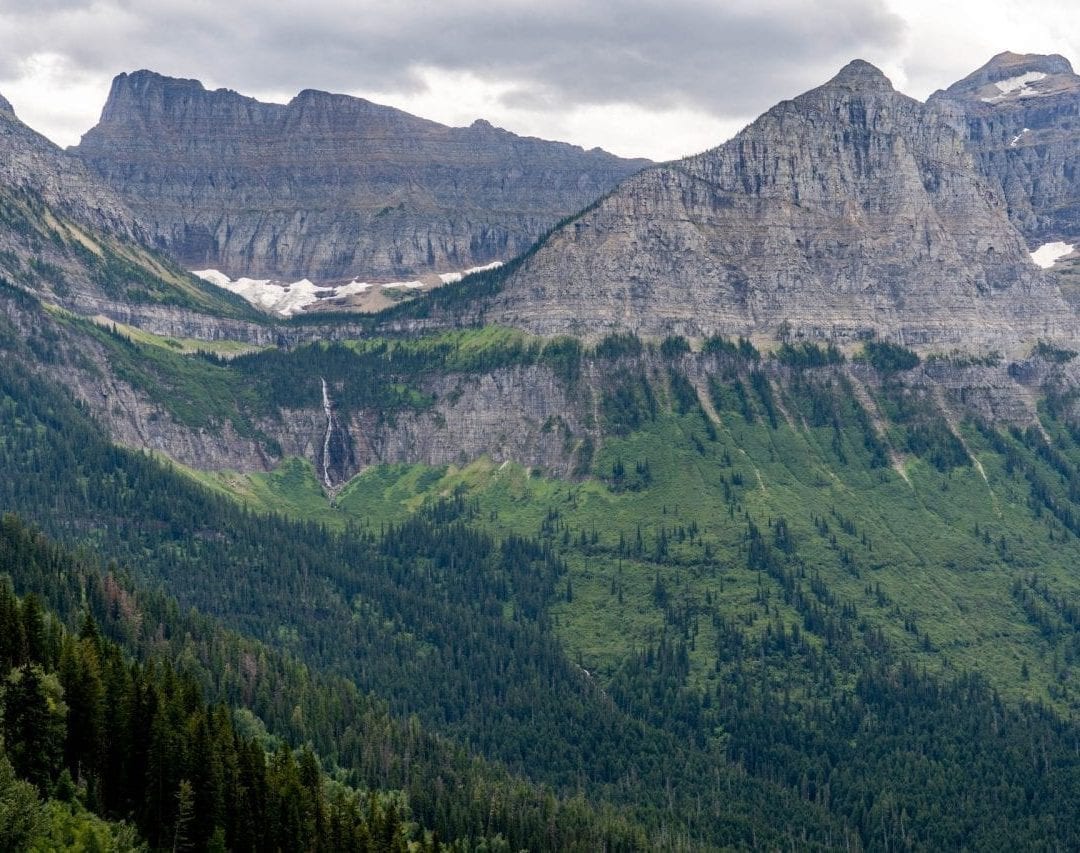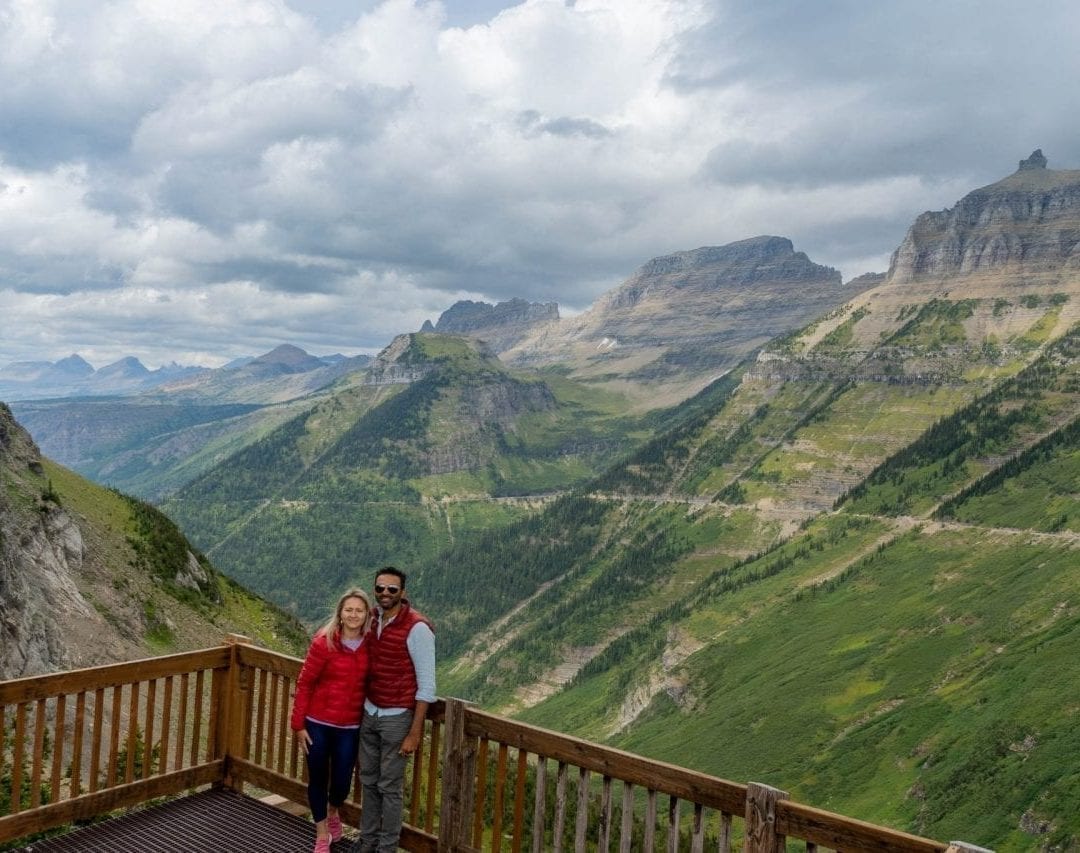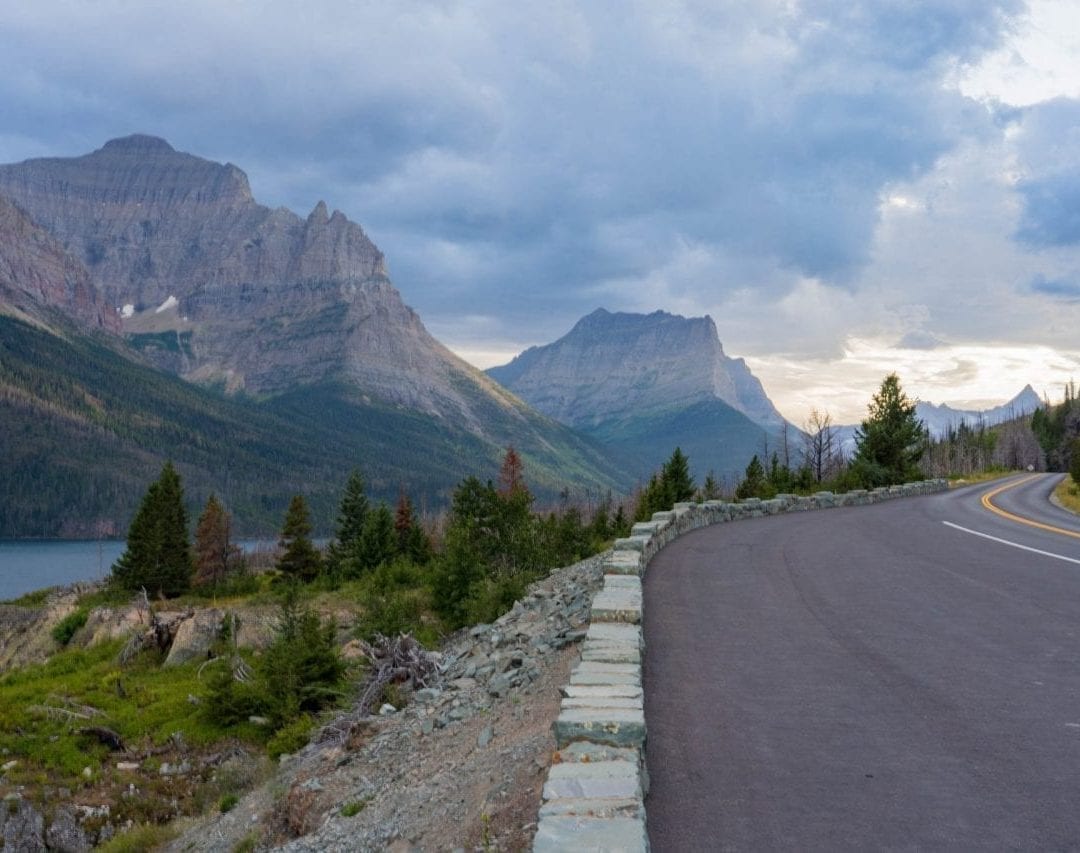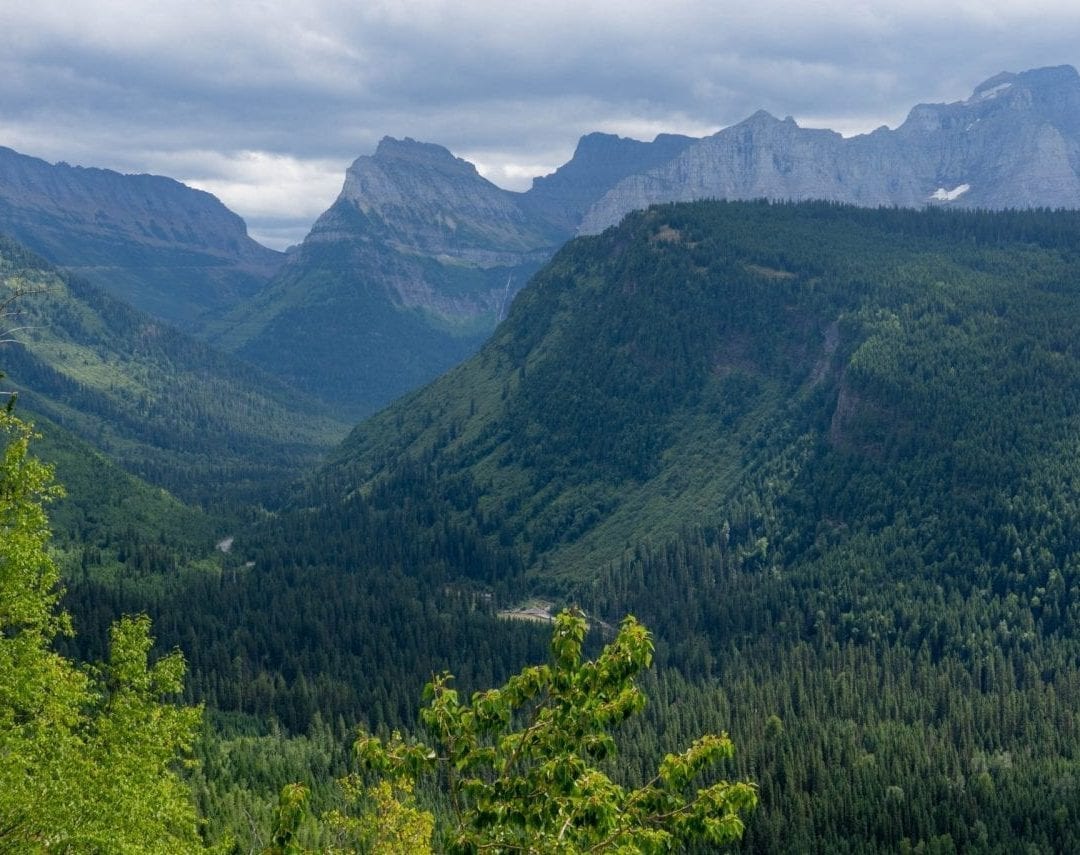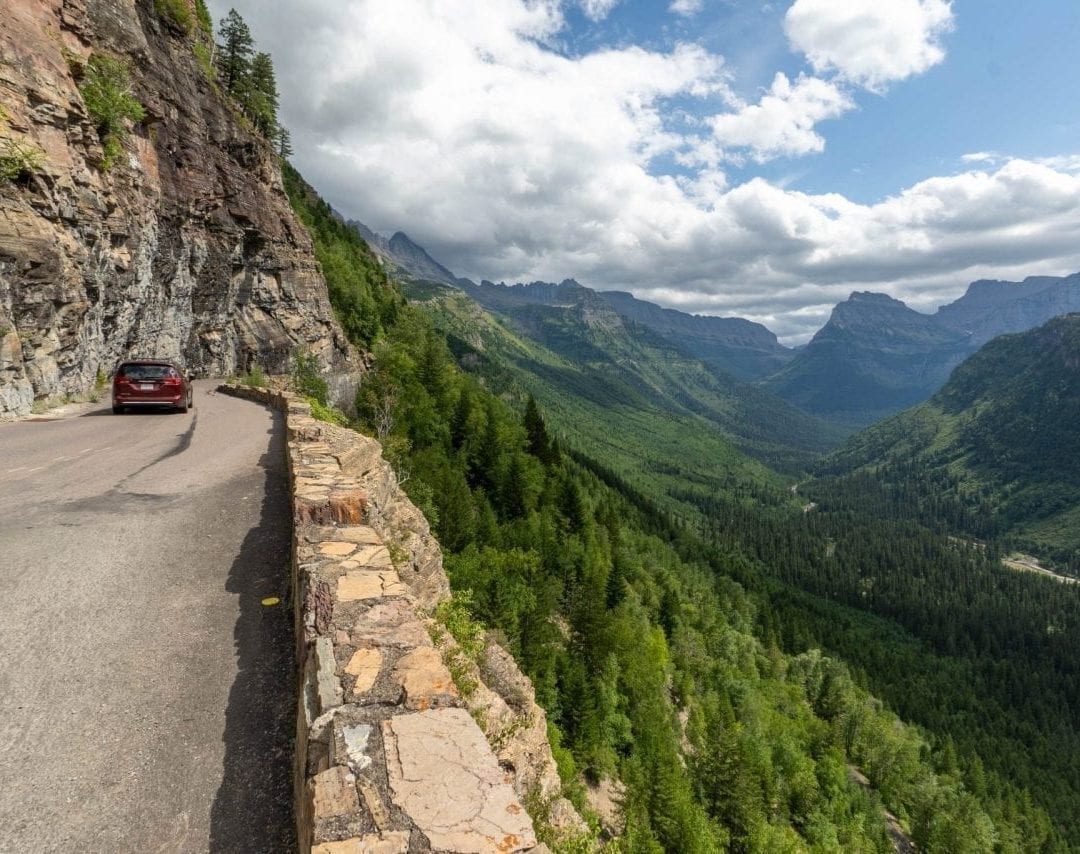What are your plans for next summer? If you haven’t decided on a destination, then plan to visit Glacier National Park in Montana and drive on the famous Going-to-the-Sun Road in Glacier National Park. It is going to be an absolute treat, and one of the most scenic drives you will experience in any national park! In this post, we are going to cover each and every detail that you need to know about, prior to planning a trip to Glacier National Park and driving on Going-to-the-Sun road.
So, without any further ado, let’s get started, shall we?
In case you don’t know, Glacier National Park, located in the Rocky Mountains of Montana, exhibits one of the most stunning views in the world. The Going-to-the-Sun Road is one of the main highlights in the park. In fact, it may not be wrong to say that, it is the very reason many visitors come to the Glacier!
If you are visiting Glacier for the first time, it is going to be one hell of an adventurous drive with the most exciting, and scenic views that you ever laid your eyes on. You could spend all day clicking pictures if you want, but you still won’t get tired of the place.
Driving on Going-to-the-Sun road is a delightful journey, you will always reminisce about. The fearsome cuts and high altitudes are a treat for an adventurous soul.
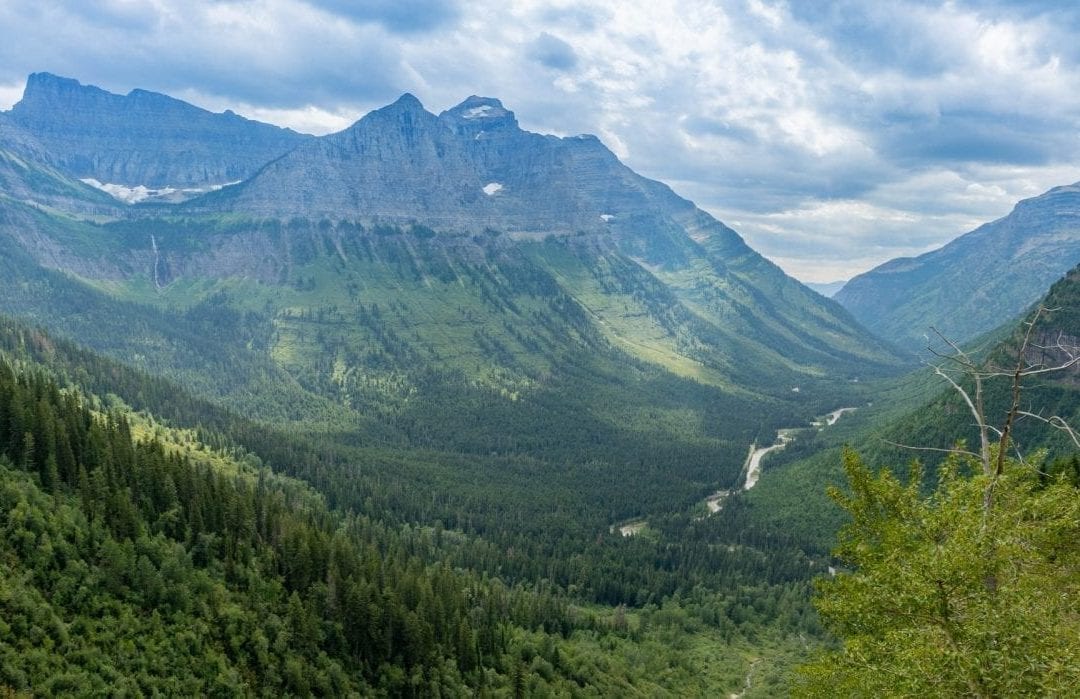
Table of Contents
How long is Going-to-the-Sun Road?
It is approximately 80km or 50 miles long from Apgar Village to St. Mary, traversing the width of the National Glacier Park between the east and western openings.
It is the main attraction for the tourists visiting the Glacier National Park from all over the world every year. Be prepared to have at least a 3-4 hour drive if not more including all the pit stops along the way.
Entering the Going-to-the-Sun Road
The west entrance to the road is near Apgar visitor center. You will end up at the beginning of the Going to the Sun road by driving through the Lake McDonald lodge. You will know when you start climbing up the mountains, the stunning views will just get better and better.
The east entrance is near Divide Creek in St. Mary visitor center. Which side you enter from really depends on where you will be staying in Glacier National Park. Or if you’re like us, you’d want to do it from both sides – we specifically stayed on both sides of the park to do this drive twice!
The drive from west to east side is a lot more nerve wrecking as you would be driving right on the edge of the cliffs. So you are afraid of heights or aren’t comfortable driving in tight corners, enter from the east side.
Best Time to Visit
Does the Glacier National Park ever close?
The Glacier National Park welcomes its visitors throughout the year and is never ‘closed.’
However, it’s typically winter weather that decides when most facilities for visitors such as, hiking trails, roads and activities open or closes for the season.
When does the Going-to-the-Sun-Road open and close?
Opening and closing of the Sun Road mainly depends on the weather. It usually opens in mid June and closes by the mid of October. Due to the mountainous topography of the highway, it’s not open in extreme winter season.
So, checking out the current road status before travelling should be your top most priority. If parts of the road are closed, you can still avail plenty of other beautiful drives in and around Glacier National Park.
When do most facilities open in summer?
Since, June through September are typically considered as “summer” season, that’s when most facilities for visitors are open as well roads can easily be accessed by the visitors.
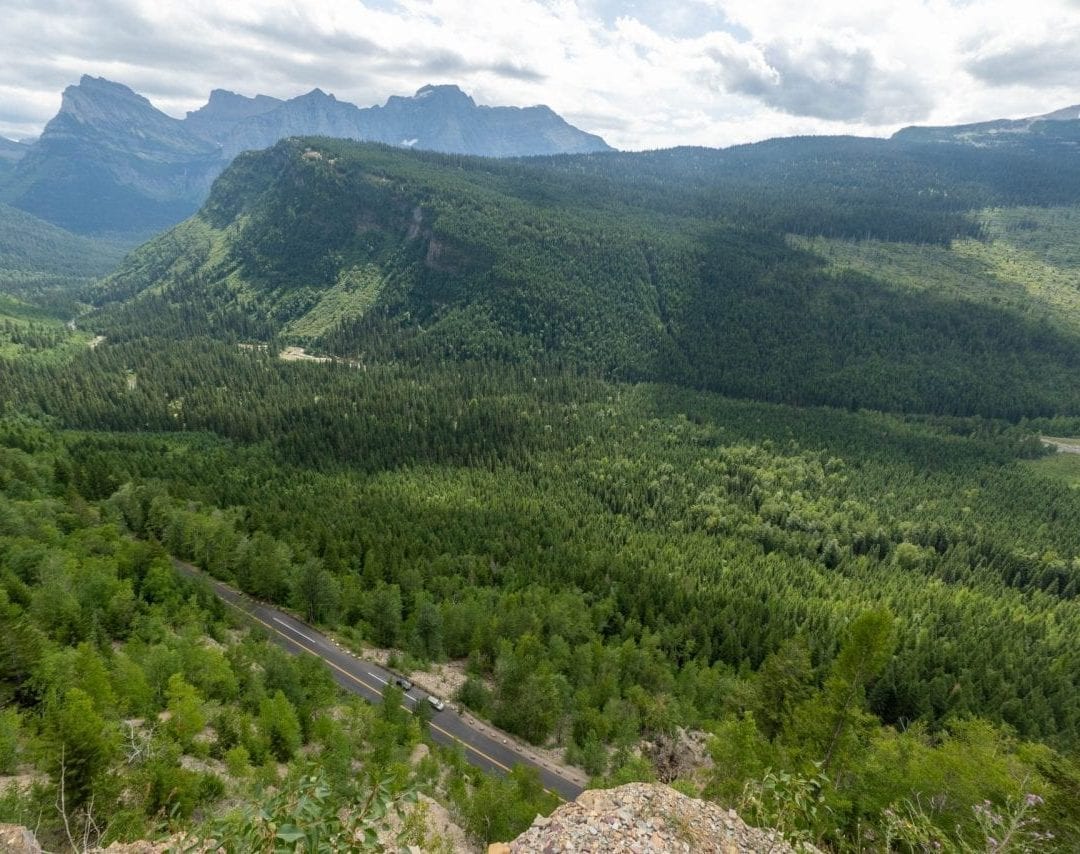
How’s the drive to the Going-to-the-Sun Road?
Despite the beautiful and scenic views, driving this road isn’t for the faint of heart, you should be an adventurous soul to enjoy this journey fully, since the road is barely 2 lanes, you will find the edge of the road RIGHT next to your car. Scary, huh? Expert drivers are recommended to drive the road.
Also, please take a note that, only vehicles under 21 feet length, 8 feet wide, and 10 feet tall are permitted to drive on the Going to the Sun Road, and it’s always a good idea to follow the precautionary measures for your own good.
Should you drive your own vehicle?
As much as the idea driving your own vehicle sounds appealing, if you’d rather not worry about driving on the edge of a cliff, we would highly recommend you to go for the most popular Red Bus Tours or the complimentary National Park Service Shuttles. You need to be very cautious while driving on this road.
Every feature of the road is equally awesome and bound to leave you in awe, and you will find yourself asking which ones to stop and see and which ones to pass by. You will most definitely need more time than you planned for.
Elevation Gain
The beauty of the journey of Going to the Sun Road is hidden in its elevation. With every foot higher, the views become more splendid. The highest elevation point of Going to the Sun road is at the Logan pass which is 6,646 feet or 2,026m.
Animal sighting is also one of the pros of the high altitude of Going to the Sun Road. You can witness some black bears or some unique long-horned sheep. These animals along with their babies give this trip a closer touch to nature.
Going-to-the-Sun Road Restrictions
There are certain vehicle restrictions you should be aware of. The measurements given by their officials are very strict since your safety depends on the vehicle you’re driving or sitting in. The restrictions and precautions are also important since animals and pedestrians too sometimes cross the roads.
- Any vehicle, including bumpers, longer than 21 feet or wider than 8 feet (including mirrors) are prohibited between the areas of the Avalanche Campground and the Rising Sun Picnic area. Additionally, the height of any vehicle that you are planning to take has to be 10 ft or less. (RV’s are not permitted on this road)
- The recommended speed limit in the lower elevations of the road is 45 miles per hours. While in the Alpine section of the road it is 25 miles per hour.
- If you plan to cover these scenic views on a bicycle, the two tracks that are open are:
- Eastbound track from Logan Creek to Logan Pass
- From Apgar turnoff to the Sprague Creek Campground
- The timing restricted for the bicycling activity is from June 15 through Labor Day. The routes listed formerly are solely used by bicyclists between 11:00 am to 4:00 am.
- Cyclists are recommended to take all the safety measures before entering the track since it is dangerous too.
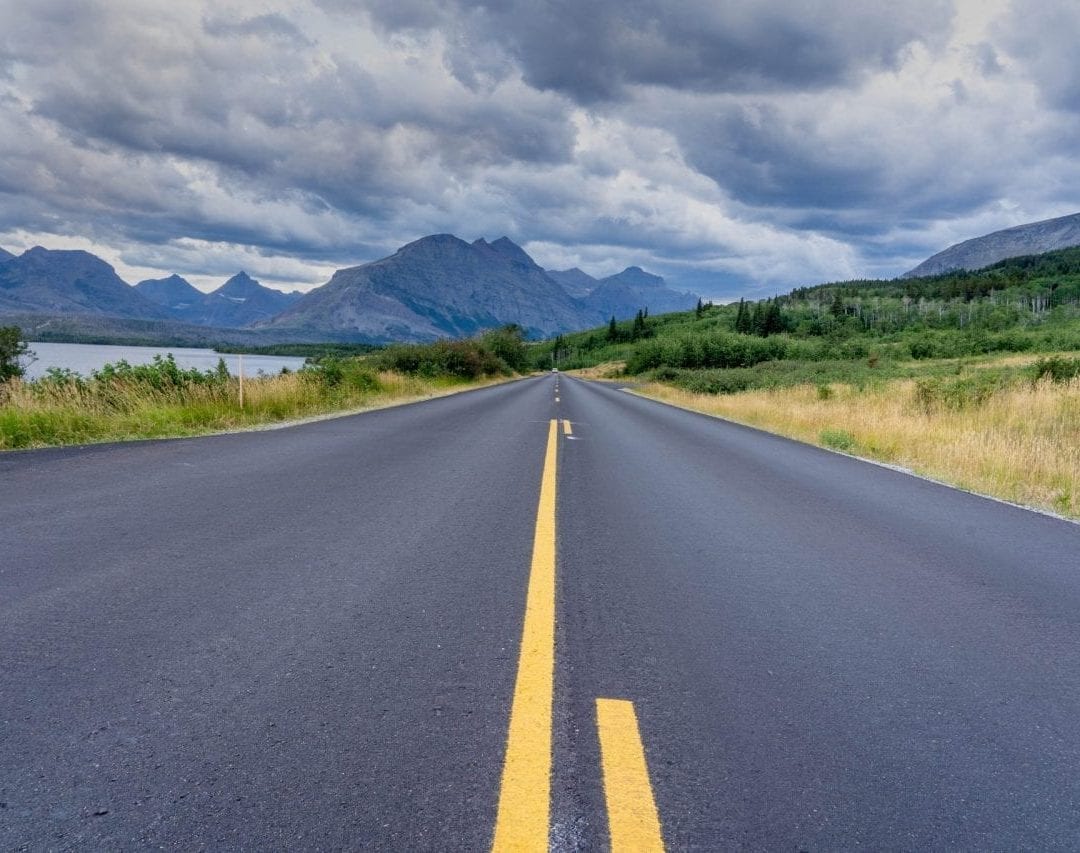
Bonus Tip
Going to the Sun Shuttle
If you choose to go on a traveling tour with a group of friends but conveyance is the problem you’re facing then the Glacier National Park has got you covered. There are several shuttles available there that gives a very in-depth beautiful view of the whole track.
These shuttles do have some specific timing and route that it follows. The Going to the Sun Road remains closed for private vehicles between the foot of Lake McDonald and Logan Pass for 30 miles. The free shuttle service starts from the Apgar Visitor Center shuttle stop to tour the Going to the Sun road.
The shuttle stop is present at the Apgar Visitor Center where the free pass for the shuttle is available from 7:30 am every day.
You can see more details on the Glacier National Park’s official website about the shuttle service and their pass.
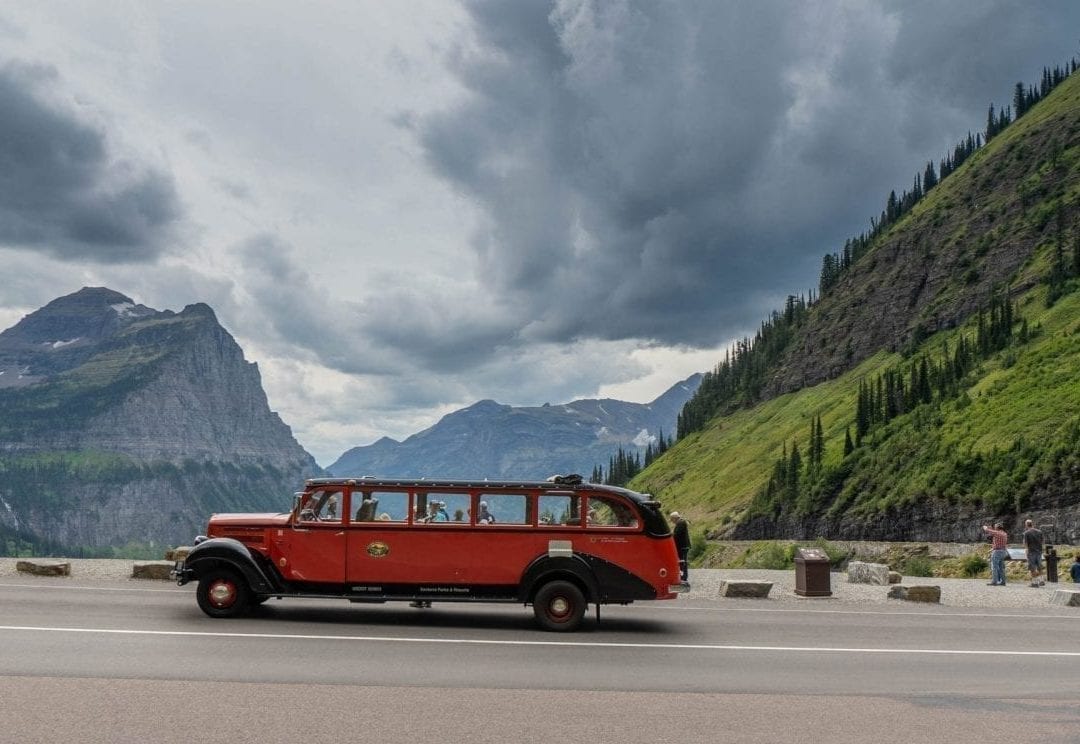
Important Points of Interest
Lake McDonald
A perfect place to calm your soul down and take some beautiful photographs since the view of this lake is amazing. It is the biggest glacier lakes available in the Glacier National Park, Montana. There are different facilities available for amusement in the lake area like horse rides, paddle boats, canoe, motorboat, etc on different rentals. This point is also perfect to look at the Apgar Village area.
Weeping Wall
Another amazing view along the Going to the Sun Road is the weeping wall. It is a beautiful wall containing various cascades of spring water and snow melts. It is mostly gushing in the summer season while in the drier season it is the ‘weeping wall’. While passing beside it, be ready to get a splash on your vehicles. It is located at 3 miles west of the Logan Pass. This spot is also a gold mine for the photographers.
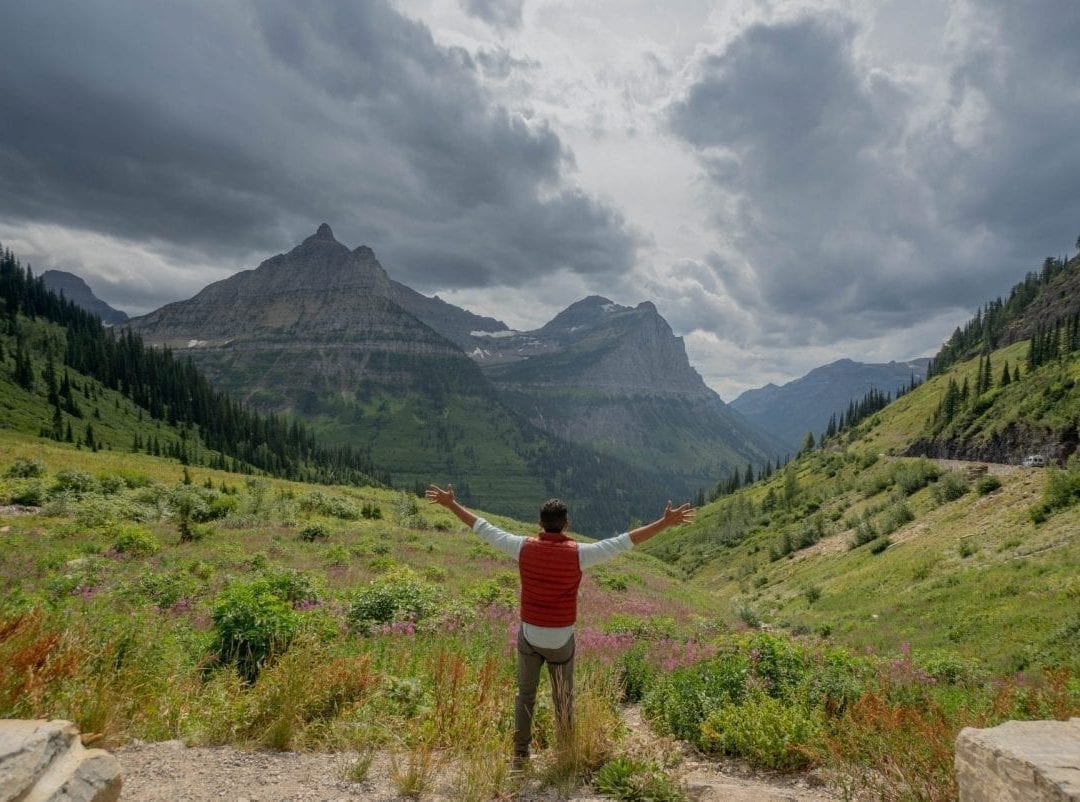
Avalanche Lake
This amazing lake is formed by the meltwater of the Sperry Glacier. It is located in the southwest of Bearhat Mountain. This lake is a 2 miles hike along the trail of cedars. This lake is the aptest place to absorb the beauty of the mountains and water.
Logan Pass
The Logan pass is one of the most important spots while traveling through the Going to the Sun road. From here, you can take a short hike to Hidden Lake Overlook. It is also the starting point for the Highline Trail. The beautiful mountains and the greenery is surely a treat to eyes in this location.
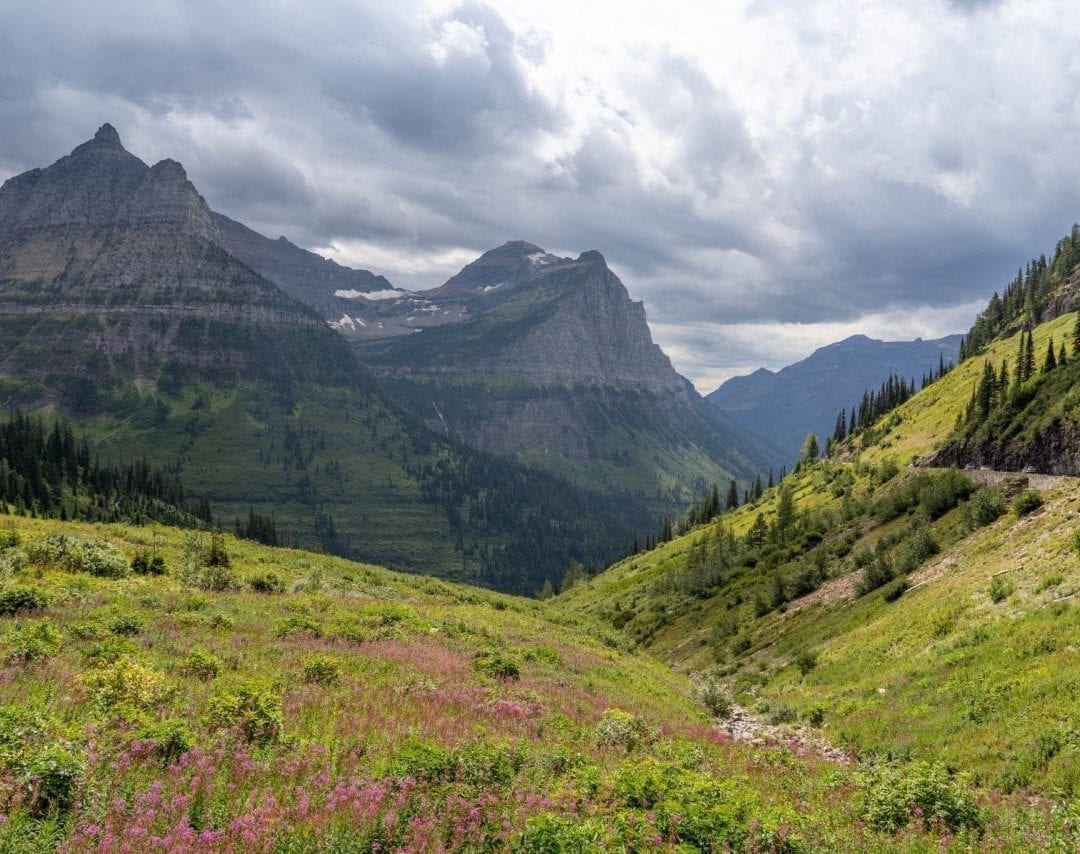
Additional Travel Tips For Going-to-the-Sun ROAD
- Start early, Going to the Sun Road can be pretty busy, hence to avoid traffic jams and parking issue, reach as early as possible, preferably before 9:00 AM, this will increase your chances of seeing wild life, too.
- You need to check your gas in the vehicle before starting your journey, since there is no gas available in the park or Going to the Sun Road. Also stock up with food, water and snacks too, to enjoy your day picnic.
- While the Going-to-the-Sun Road is extremely safe and the route has proper barriers, still if you are not an expert driver, you may want to drive the road from east (St. Mary) to west.
- You can plan a midday picnic at Logan Pass or one of the beautiful turnouts in advance. It will also allow you sometime to stretch and rest from a long drive.
- Prepare for changing weather, keeping warm clothes, a rain coat handy in case it rains, and dress up in layers of clothes, if possible. Also, don’t forget to wear a hat to protect yourself from sun.
So, that was our guide and travel tips for Glacier National Park Going to the sun road, so when are you planning your trip?
